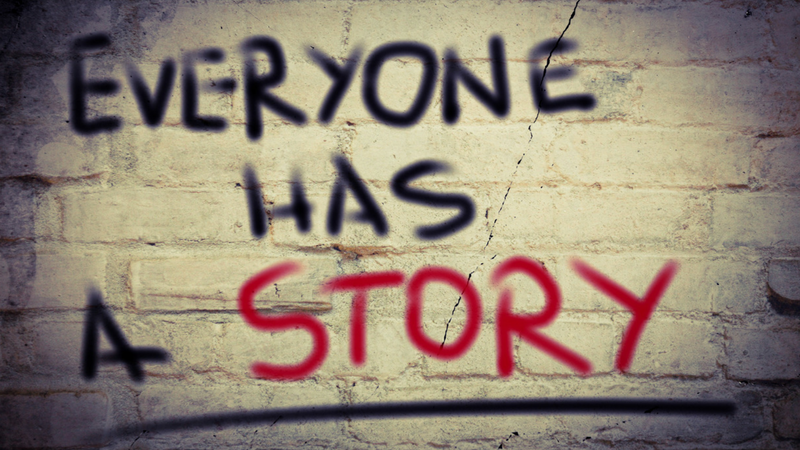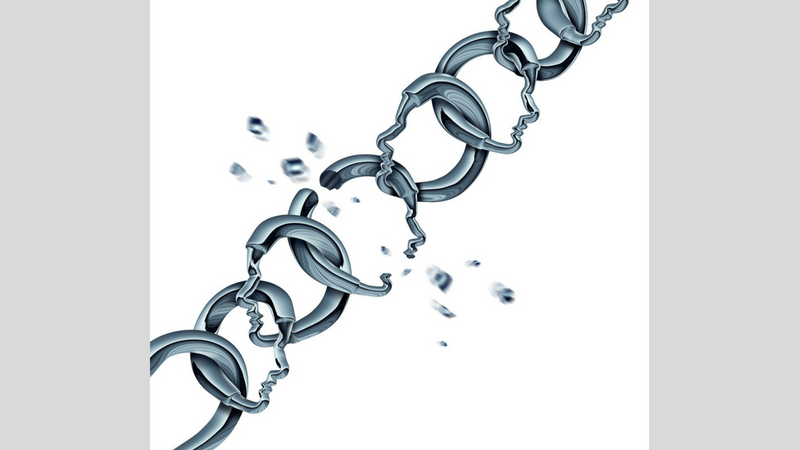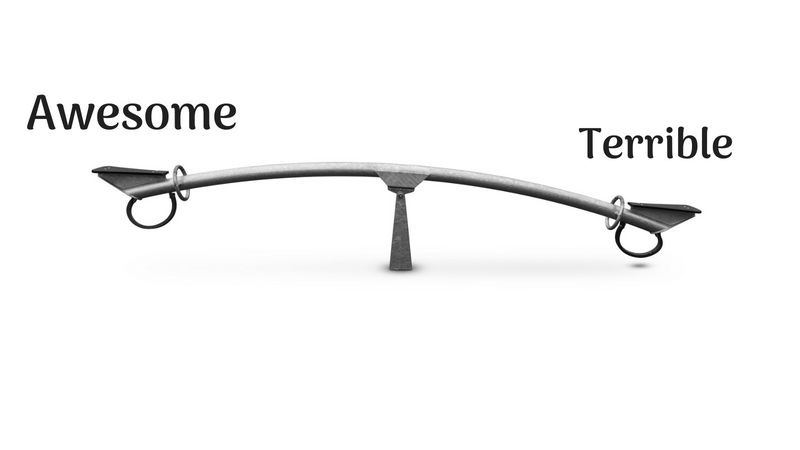Does the Story Fit the Facts?
My kid is wiser than I am by a long shot, and she proves it every year during Back to School shopping.
Let’s start with a few simple facts. I’m the third of five girls in my family, the middle child. We were a single-income family during my early childhood, so budgets were important and tight — not that I understood that critical detail as a kid. Most of my clothes were hand-me-downs from family friends. I also went to a private elementary school, one of my parents’ biggest priorities for all us girls.
One of the most significant realizations I’ve had over the past few years is how much my perceptions have influenced my emotional responses.
To be clear: my family was not poor. We were a solid, middle-class family and my father did an excellent job of providing for us.
Even still, it seemed to me like the kids in my class mostly came from upper-income families. When it came time to do back-to-school shopping, I wanted — badly — to be just like all the other kids in my class. I wanted brand new crayons, a new backpack, fresh markers, pencils, and a new pink eraser.
A new TrapperKeeper was also a must, as were new three-hole folders. Of course, both the TrapperKeeper and the folders couldn’t be the basic, solid-color types; I needed the fancy ones with the kittens or the puppies on them. Oh, and don’t forget the importance of a brand new pencil case!
My mother, usually buying for at least three kids every school year, would look at me and tell me I had perfectly serviceable crayons, that my backpack was just fine, and I had pencils and erasers from last year. The pencil box that didn’t close was easily solved with a rubber band around it.
I hated it. I wanted everything new and shiny every year, just like all the other kids in my class.
It’s very different with Harper, my daughter. Our back-to-school shopping experience sounds more like: “Why don’t we get you a new backpack?” “Why? The one I have is just fine.” “Oooh, new crayons!” “Mom, my crayons from last year are still fine. I don’t need new ones.”
About three years into this routine, I had a couple of revelations. First, that I was offering to buy Harper brand-new items not because she needed them, but to fill the hole in the heart of 10-year-old Teresa. That kind of projection onto a kid isn’t right or healthy.
Secondly, that if she was refusing these brand new items, it meant she had different perceptions than I did about what kids were buying at the start of the school year.
One of the most significant realizations I’ve had over the past few years is how much my perceptions have influenced my emotional responses. Another key understanding I’ve had is that my perceptions usually don’t reflect the real story.
I’m not alone in this. While taking emotional health classes, one of the phrases I would hear time and again was “Does the story fit the facts?”
The reality is that we rarely see situations objectively. One reason detectives like to talk to as many witnesses as possible at a scene is that everyone has a unique story to tell.
Sometimes, the difference in perception is due to viewpoint: One person standing on a corner has a different angle than someone in the crosswalk. Other times, the speed at which events occur causes details to blur.
Additionally, our personal history colors how we perceive the world before us. If we grew up in an abusive family, a raised hand might seem threatening. For another, that same raised hand suggests a high-five.
Our past informs our present in ways we often don’t see until we do the hard work. The detective has to sort through all these stories to find the undisputed facts and get to the truth.
Does the story fit the facts?
Asking this question of our experiences means taking a step back from the situation and looking at it from a new, raw perspective, just like a detective would.
It requires stripping the story down to its basic facts, removing all adjectives and descriptive language. Instead of saying “the man was tall,” we’d want to say “the man was between 5’10” and 6’1” tall.” We quantify what we can quantify, and keep the story as simple as possible.
My perceptions usually don’t reflect the real story.
As a kid returning to school, I saw one kid with a brand-new set of 64 Crayola crayons (the one with the sharpener in the box — remember drooling over those?), another kid with a new pencil case, and another kid with new, fancy folders and I developed the story that all the other kids got new stuff every school year.
In reality, their moms were shopping the same used uniform events that my mom did, and not every pencil in their pencil box was so new that it didn’t have a tip on it yet.
While my emotional responses to the situation of loneliness and isolation were real, they were also based on a false story. I wonder now how much different my elementary school time would have been if I’d realized that my emotions were based on perception and not reality. It probably would have been a lot better.
Here’s another story I hear commonly come up in my support groups: “People can’t/don’t like me.” Usually, this is based on a look, some small action, or projecting our past into our present. Maybe they saw a friend in a crowd, called his name, and didn’t get a response.
Or, “I’m forgettable,” because someone didn’t remember her name from one event to the next. Or a fight with a spouse leading to thoughts of “Now, he’s going to leave me” because that’s what happened in a prior relationship.
When we peel back the story and look at the bare facts, we can see new possibilities emerge. That friend didn’t respond because they genuinely didn’t hear us. When we thought they saw us, they were scanning the crowd for a table to sit at, or to find the person they came with.
Maybe that person at the party struggles to remember names (guilty!); it doesn’t mean we’re forgettable, it means they have an issue.
We especially have to be careful when we project past stories into our current situations; just because the last boyfriend left doesn’t mean this one will. We’re dealing with a different person, who may have a different response to a similar situation.
Doing the work to see if the story fits the facts helps us validate and move past our initial emotional response, and to find a new, healthier way to interact with the world.
When the facts are don’t match the story, we can evaluate the situation from a new perspective. Sometimes, this means a more positive perception of the situation. Sometimes, the facts lay bare the seriousness of the issue, putting us in a position to move past our emotional response and problem-solve. Whatever the outcome, we win.
Does the story fit the facts? I challenge you to take a look and see for yourself.
What’s one time you realized that you realized you were wrong about a situation? How did you react?
Looking for daily inspiration and community? Join our warm and supportive Facebook group!









